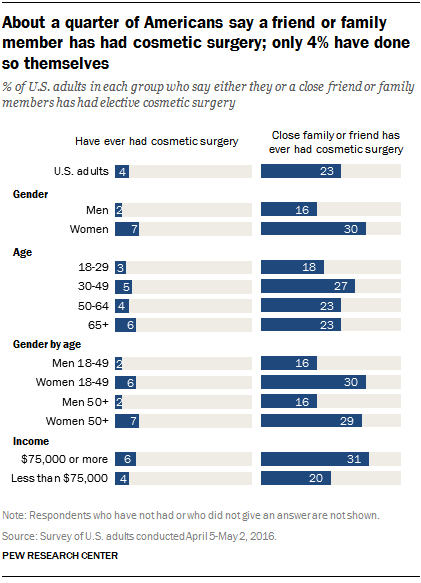

Numerous studies have detailed the links between poverty, homelessness and incarceration, with national research in 2012 finding more than half of women in prison had been sleeping rough or living in short-term accommodation in the month prior to being incarcerated. 'Alarming' number of women forced to move for The Block in jail The new Gatwick apartments in St Kilda have been sold off, but many women who used to live at the former rooming house - a place of "last resort" for some of Melbourne's most vulnerable - are currently in jail. "Family violence is the biggest contributor to women's homelessness but homelessness in turn is a huge driver of women's offending," said Elena Campbell. There are several major and insidious reasons why women who have survived domestic abuse end up in jail. In an ongoing ABC News investigation, we will be examining in depth the major factors leading to women's imprisonment - particularly why so many have experienced sexual and domestic violence - why policymakers have, according to advocates, largely ignored the crisis, and what can be done to arrest the increase. Why has this problem continued to fly under the radar - and why are so many survivors still reluctant to speak out - despite numerous reports and calls for urgent action over the past few decades? The cost of inaction is soaring. So what is going on? Why is the number of women in prison increasing so rapidly - surely it cannot be that we have become innately more inclined to crime? Why are so many of them victims of abuse, and how might their trauma have paved the path to incarceration? "When you create environments where people are less equal or more marginalised then you create a situation like we see today - high levels of violence experienced by Aboriginal women, high numbers of children removed from their mothers, increasing numbers of our kids in youth justice and our women being the fastest growing prison population in the country."

"The effects of colonisation, attempting to annihilate our culture and connection to land, the acts of genocide and the forced removal of our kids have all contributed to putting more women behind bars," said Antoinette Braybrook, chief executive of Djirra, an organisation supporting Aboriginal women experiencing family violence in Victoria. It is crucial to note that the stats are even bleaker for Aboriginal women, who are 35 times more likely than non-Indigenous women to be hospitalised for family violence-related assaults and are incarcerated at 21 times the rate of non-Indigenous women.Įxperts say there are a number of historical contributing factors. Percentage of indigenous versus non-indigenous by state and nationally perhaps we wouldn't need to spend more and more money on incarcerating those women." "Family violence is the experience that probably contributes most directly to women's trajectory towards offending, so if we made an effort to respond more effectively to men's violence against women and children.

"It's confronting to think about, but we have to ask ourselves whether we'd need prisons for women at all were it not for family and domestic violence," said Elena Campbell, associate director of research, advocacy and policy at RMIT's Centre for Innovative Justice. More than a third - 37 per cent - of all female prisoners were on remand, or un-sentenced, and almost half (47 per cent) had been incarcerated previously, rising to 64 per cent for Indigenous women.īehind these figures, though, is one often-overlooked fact: an overwhelming majority of women in prison are victims of domestic violence, with evidence suggesting between 70 per cent and 90 per cent of incarcerated women have been physically, sexually or emotionally abused as children or adults - an experience experts say frequently leads to their offending and criminalisation.Īnd once in the system, they are likely to return. A third of female prisoners - 34 per cent - were Aboriginal and Torres Strait Islander, despite Indigenous women comprising just two per cent of the broader female population. The latest national snapshot of prisoners in Australia shows that as of June 2018, there were 3,625 women in custody, up 10 per cent in just one year. Indigenous women account for much of that growth. And an overwhelming majority of them have one underlying experience in common.Ĭonsider this: Over the past decade, the total number of people behind bars in Australia has skyrocketed, rising by almost 40 per cent since 2013, and 56 per cent since 2008, according to ABS data released earlier this month.īut while men continue to make up the majority of the prison population (92 per cent), the number of women being incarcerated is increasing at a significantly higher rate: a staggering 85 per cent over the past 10 years.


 0 kommentar(er)
0 kommentar(er)
